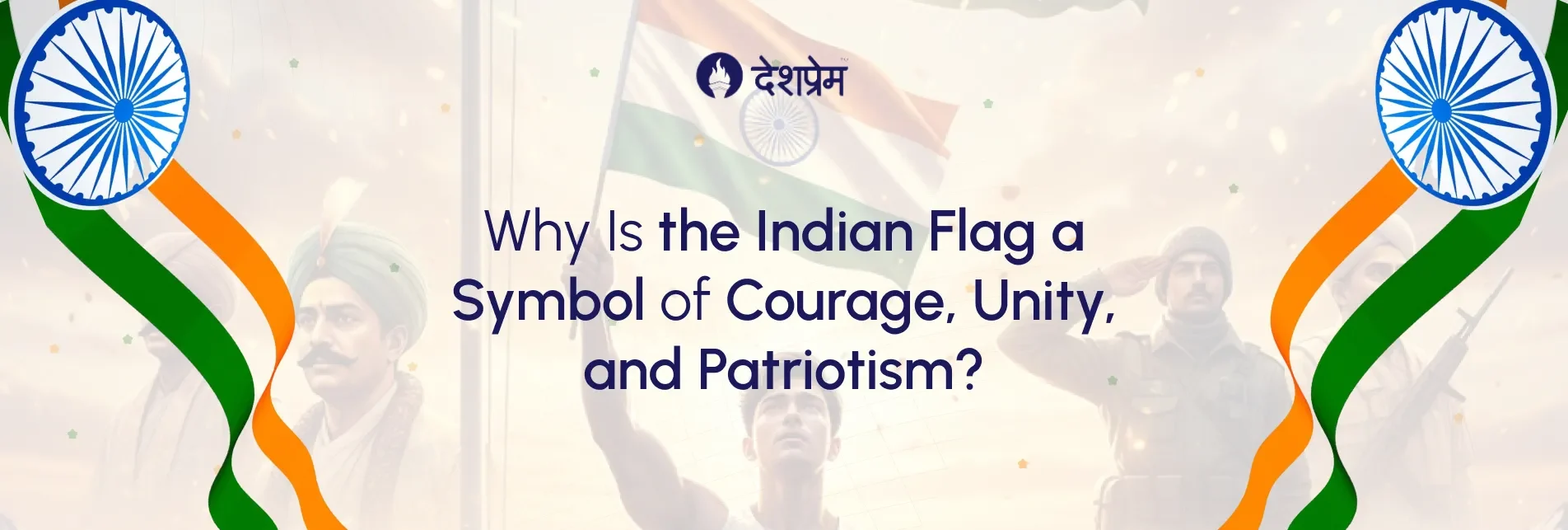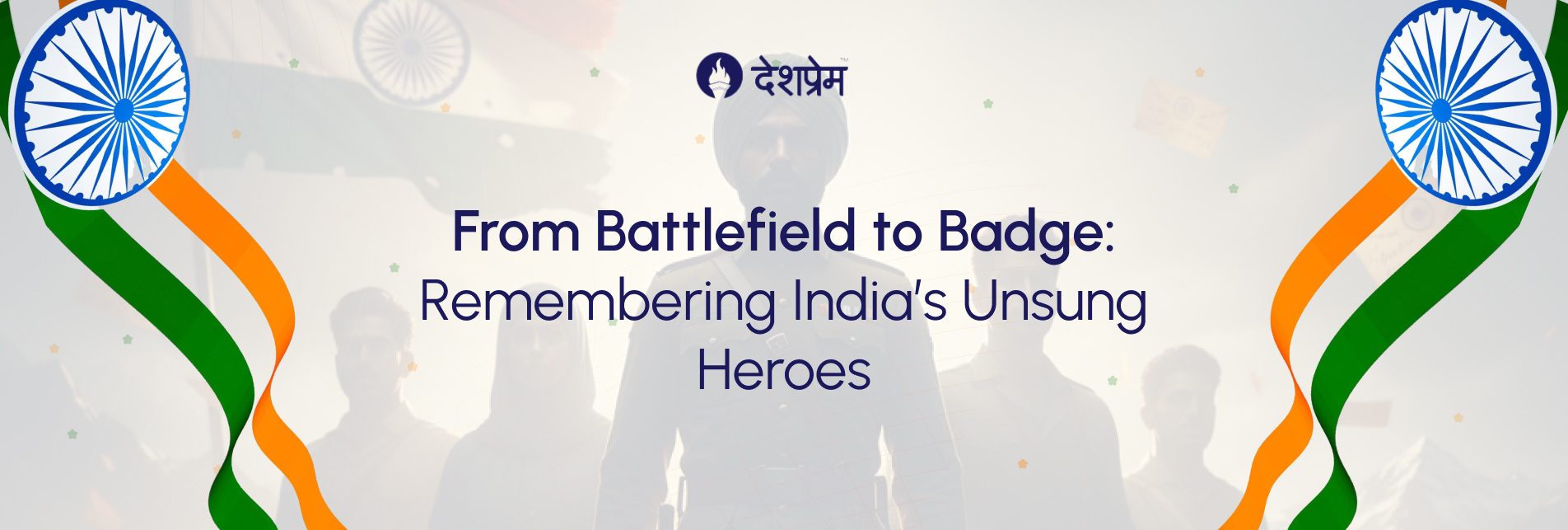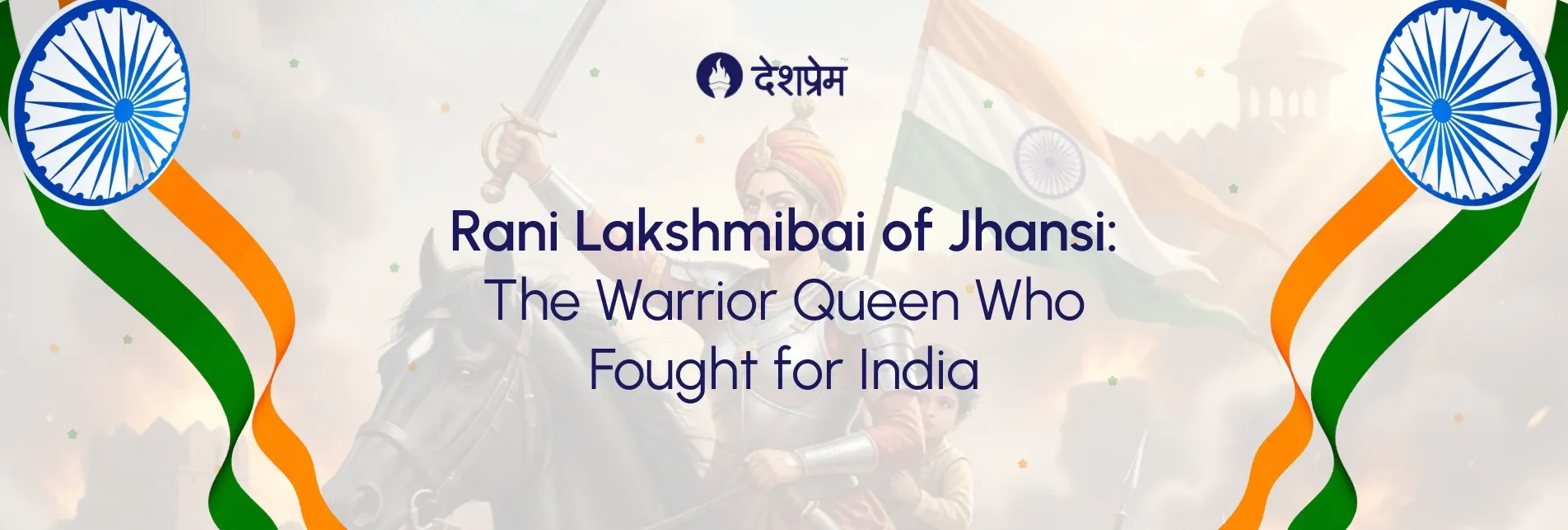No products in the cart.: ₹0.00
Why the Ashok Stambh Is More Than Just a National Symbol

Every time we see the Ashok Stambh, it stirs something inside us. It is not just a design or a seal printed on government papers. It is a piece of history that reflects India’s courage, unity, and truth. From the time of Emperor Ashoka to modern India, this symbol has carried a message that continues to guide our nation.
It stands tall not only as a reminder of our past but also as a light for our future.
Table of Contents
1. The History of the Ashok Stambh
The story of the Ashok Stambh begins during the Mauryan Empire, around the 3rd century BCE, under Emperor Ashoka. After the battle of Kalinga, Ashoka turned away from war and chose peace. He built pillars across his kingdom to spread messages of compassion, truth, and moral conduct.
One such pillar, built in Sarnath near Varanasi, carried the famous Lion Capital. This carving became the base of India’s national emblem after independence. Each element of the Ashok Stambh was thoughtfully created to inspire justice and harmony.
When India adopted it in 1950, it became much more than a symbol of authority. It became a symbol of India’s heart.
2. What the Symbol Represents
The Ashok Stambh is crowned with four lions standing back-to-back. These lions represent power, confidence, and courage. They face all four directions, symbolising that truth and justice must prevail everywhere.
Beneath the lions lies a circular base featuring figures of a horse, bull, elephant, and lion, each separated by the Dharma Chakra, or the Wheel of Law. The chakra signifies the eternal motion of truth and moral duty.
It is not simply a piece of art. It is philosophy in sculpture.
The Ashok Stambh reminds every Indian that strength should always be balanced with righteousness.
3. From Ancient Pillars to Modern Pride
Over time, the emblem found its way into every part of Indian life. It appears on official letters, government buildings, coins, passports, and the Indian Army’s badges.
The message is the same everywhere: stay true to the values of truth, service, and unity.
It connects our modern lives to a 2,000-year-old message of peace and responsibility. Much like the Tricolour flag represents our freedom, the Ashok Stambh represents our inner strength as a nation.
4. Why It Still Matters Today
In a fast-changing world, where technology and modern lifestyles dominate, the meaning of the Ashok Stambh remains unchanged. It is a reminder that integrity, honesty, and fairness never go out of fashion.
In schools, it encourages students to walk the path of truth. In offices, it stands for hard work and ethical leadership. And in public institutions, it reminds everyone that power should always serve the people.
It is not only an emblem on a document. It is an ideal that shapes India’s spirit every single day.
5. Bringing the Emblem to Life
Symbols live longer when they are part of daily life. Many people today love keeping small artistic versions of the Ashok Stambh in their homes or workplaces. It is a way of keeping our roots alive and our values visible.
A handcrafted wooden Ashok Stambh is one such example. It brings history and artistry together while adding a touch of patriotic elegance to any space.
For those who love meaningful desk accessories, the Ashok Stambh pen stand is another popular choice. It is practical yet full of symbolism, reminding us to work with honesty and purpose.
At Deshprem, each product is created with deep respect for this emblem. Every piece reflects Indian craftsmanship and the pride of being made in our own country. It is more than a product. It is a tribute to the soul of India.
Conclusion
The Ashok Stambh is not just a part of India’s identity. It is a living message that continues to inspire generations. It teaches us that true strength lies in truth, justice, and compassion.
From Emperor Ashoka’s vision to the emblem that now defines our Republic, its journey tells us what being Indian truly means. When you bring home an Ashok Stambh-inspired product, you are not just buying art. You are honouring a legacy that stands for peace and pride.
At Deshprem, every creation serves as a reminder that patriotism is not only about words. It is about the values we live by every day.
FAQs
Yes, the Ashok Stambh is India’s national emblem. It was adopted from the Lion Capital of Ashoka at Sarnath and stands for power, courage, and peace.
There are four lions in the original sculpture, each facing a different direction. In the national emblem, only three are visible from the front.
The Ashok Stambh represents moral values, justice, and unity. It reminds us that power should always be guided by truth and fairness.
Yes, all Deshprem Ashok Stambh products are proudly Made in India. They are handcrafted by skilled artisans using quality materials to represent Indian heritage.
Yes, Deshprem provides bulk and customised orders for schools, corporates, and government organisations looking to display patriotic accessories.






